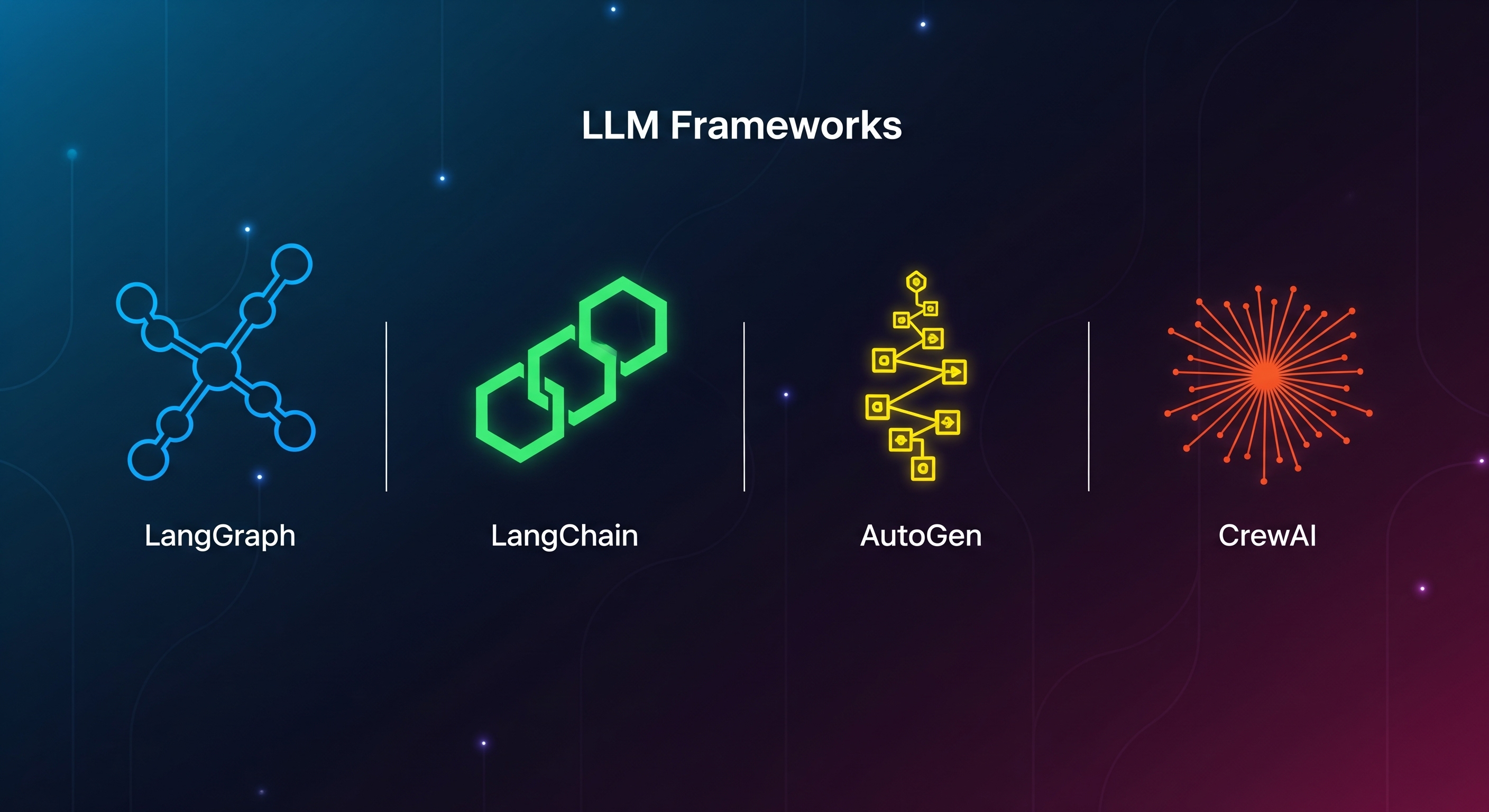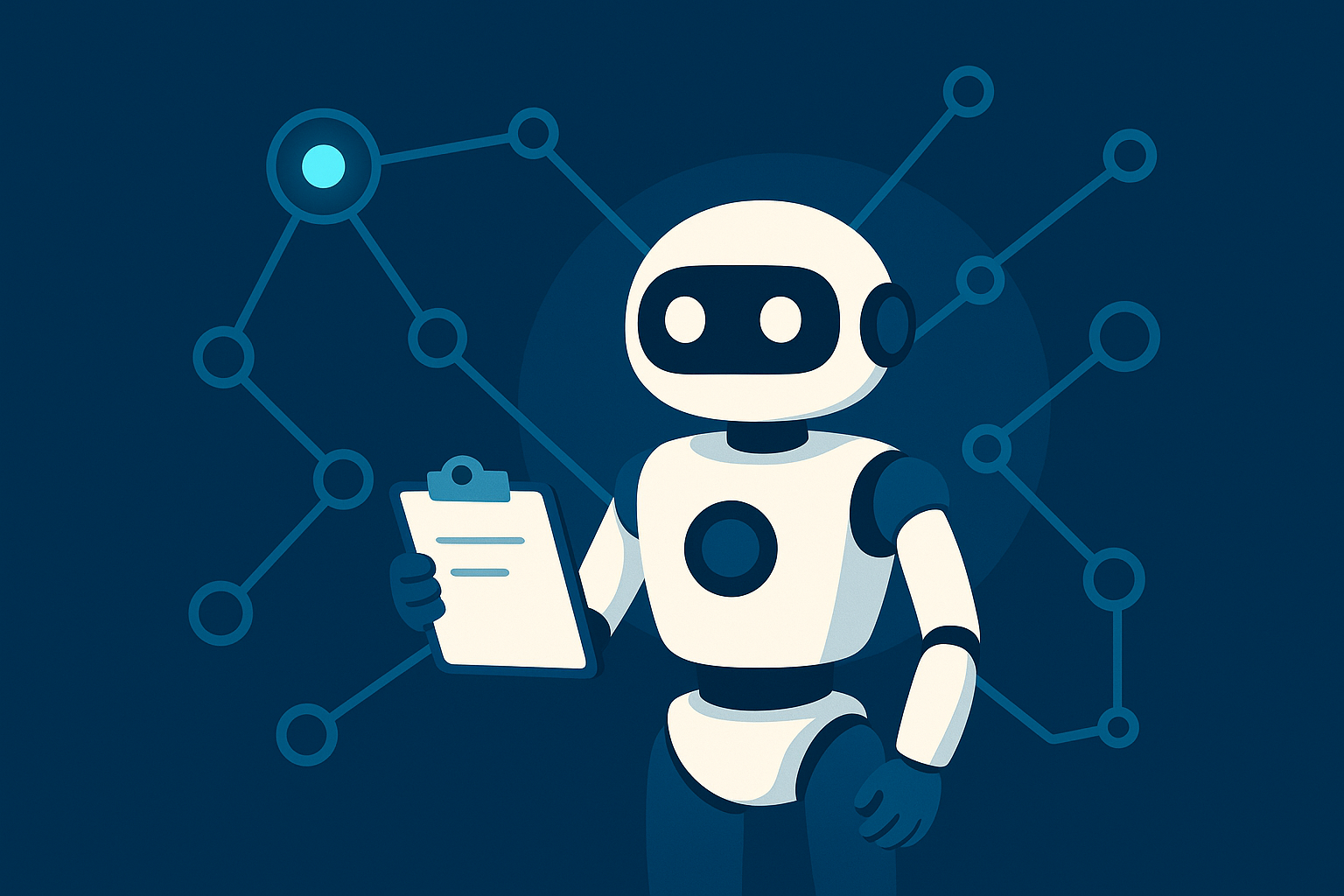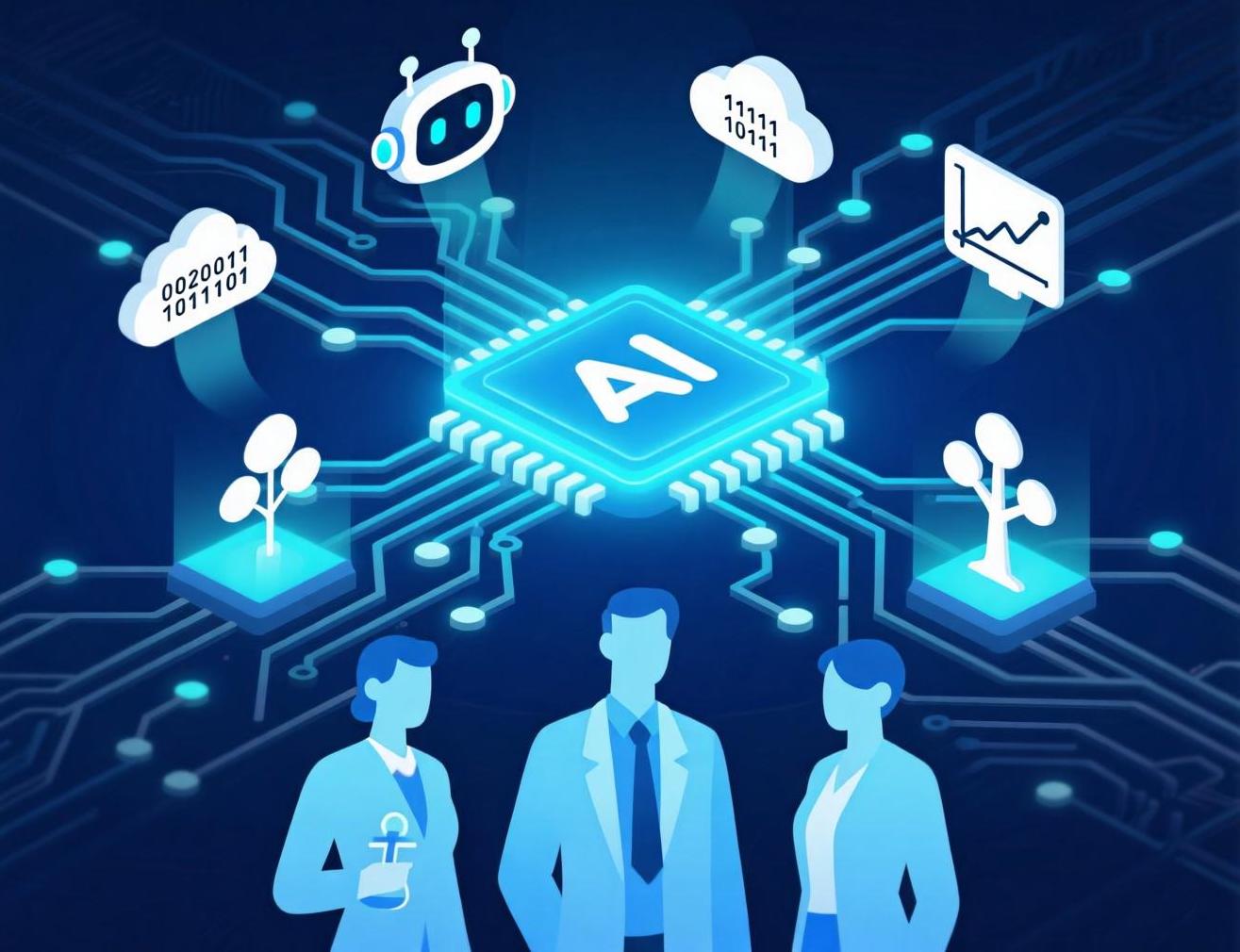Mastering AI Agents: A Step-by-Step Learning Roadmap

As AI agents increasingly take center stage in modern applications—from intelligent assistants to autonomous decision-makers—the need for a structured learning path has never been more pressing. Aishwarya Srinivasan's AI Agents Learning Roadmap is a goldmine for developers, researchers, and enthusiasts eager to systematically master the skills needed to build and deploy intelligent agents.
📌 Don’t forget to save or bookmark this roadmap—it's a practical compass for your AI agent journey!
📸 Visual Reference: The Full Learning Roadmap
🧱 Level 1: Foundations of GenAI and Transformers
Start by understanding the fundamentals:
- What is Generative AI?
- Key concepts behind LLMs: attention, positional encoding, decoder stacks
- Pre-training vs. fine-tuning
- Common architectures: GPT, T5, BERT
- Tokenization (BPE, SentencePiece)
🧠 Goal: Build conceptual clarity on how language models work under the hood.
🧠 Level 2: Language Model Behavior and Prompting
Now that you know how LLMs are built, learn how to interact with them:
- Prompt engineering basics: zero-shot, few-shot, chain-of-thought
- Personalization and tool-use prompting
- Popular prompting methods (ReAct, Tree-of-Thought, WebGPT)
- Model evaluation: perplexity, top-k/p sampling
🧠 Goal: Become proficient in crafting prompts and understanding model behavior.
🔍 Level 3: Retrieval-Augmented Generation (RAG)
Unlock the power of external knowledge:
- What is RAG and why is it useful?
- Chunking strategies: semantic, fixed-size, recursive
- Embedding models: OpenAI, Cohere, BGE, Jina
- Vector stores: FAISS, Weaviate, LanceDB
- Evaluating RAG outputs
🧠 Goal: Master knowledge retrieval pipelines for more factual and grounded outputs.
🛠️ Level 4: LLMOps and Tool Integration
Bridge your models with real-world applications:
- LLMOps vs. MLOps
- Tool integration (LangChain, Dust, Marvin, CrewAI)
- Tool calling: JSON mode, function calling
- Auto tool selection and dynamic routing
- Synthetic data generation
🧠 Goal: Build flexible pipelines using tools and frameworks to manage LLM workflows.
🧠 Level 5: Agents and Agentic Frameworks
What are agents, and why do we need them?
- Simple and advanced agent construction
- Planning, tool-use, recursion
- Popular agent frameworks: LangGraph, CrewAI
- Action-observation loops
- Evaluation using LM-as-a-Judge
🧠 Goal: Understand and implement AI agents that can autonomously reason and act.
🗂️ Level 6: Agent Memory, State & Orchestration
Make agents more context-aware:
- Types of memory: buffer, summary, entity
- Episodic vs persistent memory
- Memory updates and orchestration in LangGraph
- Combining multiple memory types
🧠 Goal: Equip agents with memory and state-tracking for advanced multi-turn use cases.
🤝 Level 7: Multi-Agent Systems and Collaboration
Time to scale up:
- Multi-agent architectures: Hub-and-Spoke, Hierarchical
- Collaboration and communication protocols
- Conflict resolution between agents
- Use cases: dev teams, research assistants, finance bots
🧠 Goal: Design systems where multiple agents work together efficiently.
🔁 Level 8: Evaluation, Feedback Loops, and RL
Make agents smarter over time:
- LLM-as-a-Judge methods: LUNA-2, OpenAI evals
- RLHF, RLAIF, RLVF—when and how to apply
- Grading and fine-tuning agents with feedback
🧠 Goal: Learn how to evaluate and improve agents iteratively.
🛡️ Level 9: Protocols, Safety, and Alignment
Build safe and robust agents:
- Constitutional AI and red teaming
- Guardrails: GuardrailsAI, NeMo
- Traceability and logging
- Self-verifying agents
🧠 Goal: Ensure agents are safe, aligned, and trustworthy in complex environments.
🚀 Level 10: Build, Optimize & Deploy in Production
Take your solution to the real world:
- Deployment: Gradio, Streamlit, FastAPI
- Optimization: quantization, distillation
- Cost vs. performance tradeoffs (e.g., CPUs vs GPUs)
- Observability: LangSmith, Weights & Biases
- Prompt caching and vector cache optimization
🧠 Goal: Ship production-ready AI agents at scale.
🔚 Final Thoughts
This roadmap is more than just a list—it's a journey from understanding the core principles of language models to building fully autonomous, collaborative, and production-grade agents. Each level builds upon the previous, helping you become a holistic AI agent developer.
See more blogs
You can all the articles below

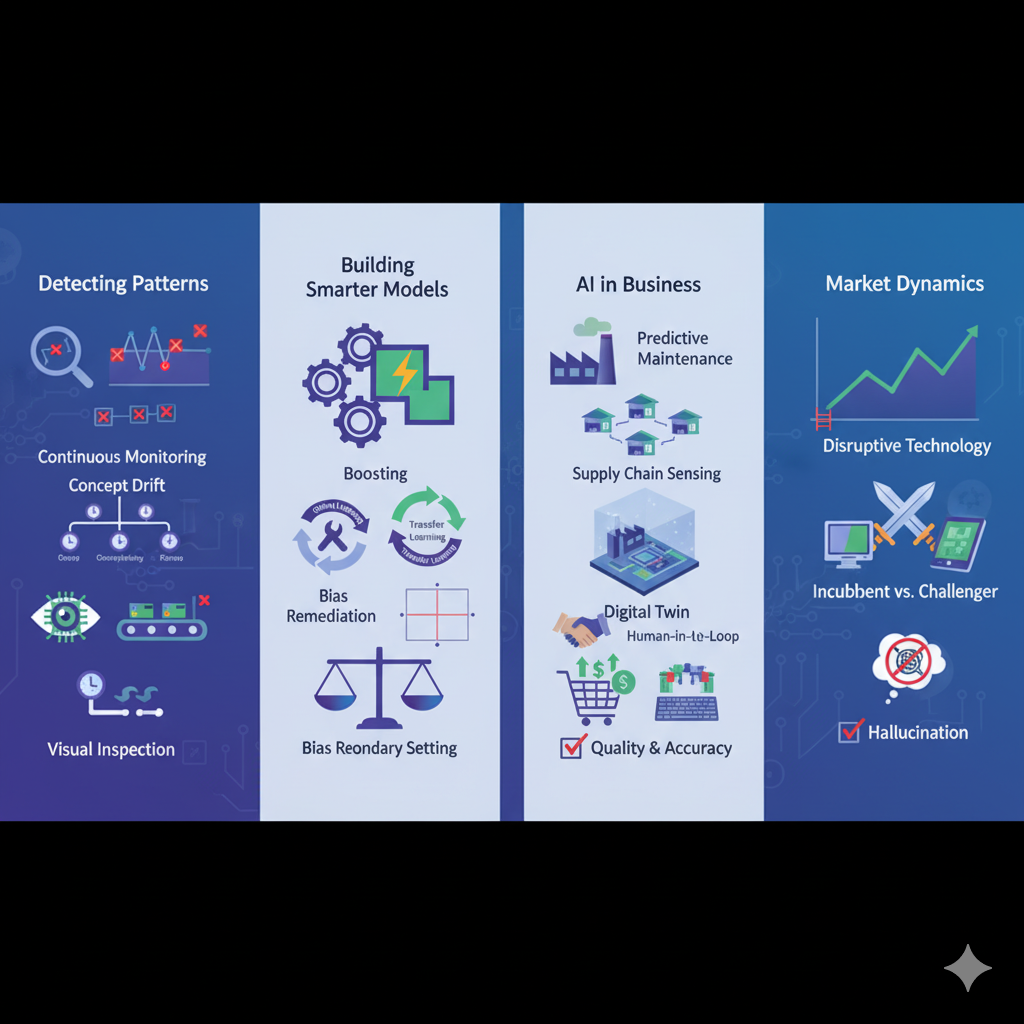
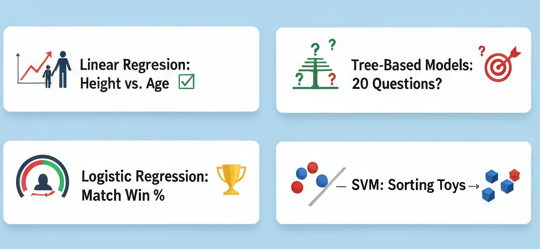
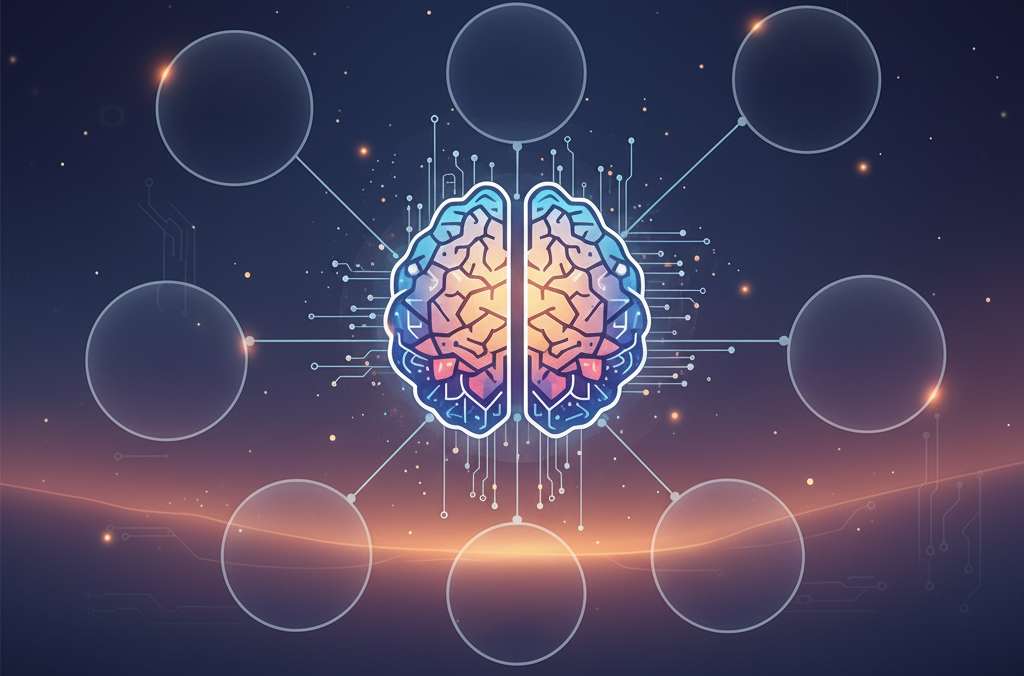

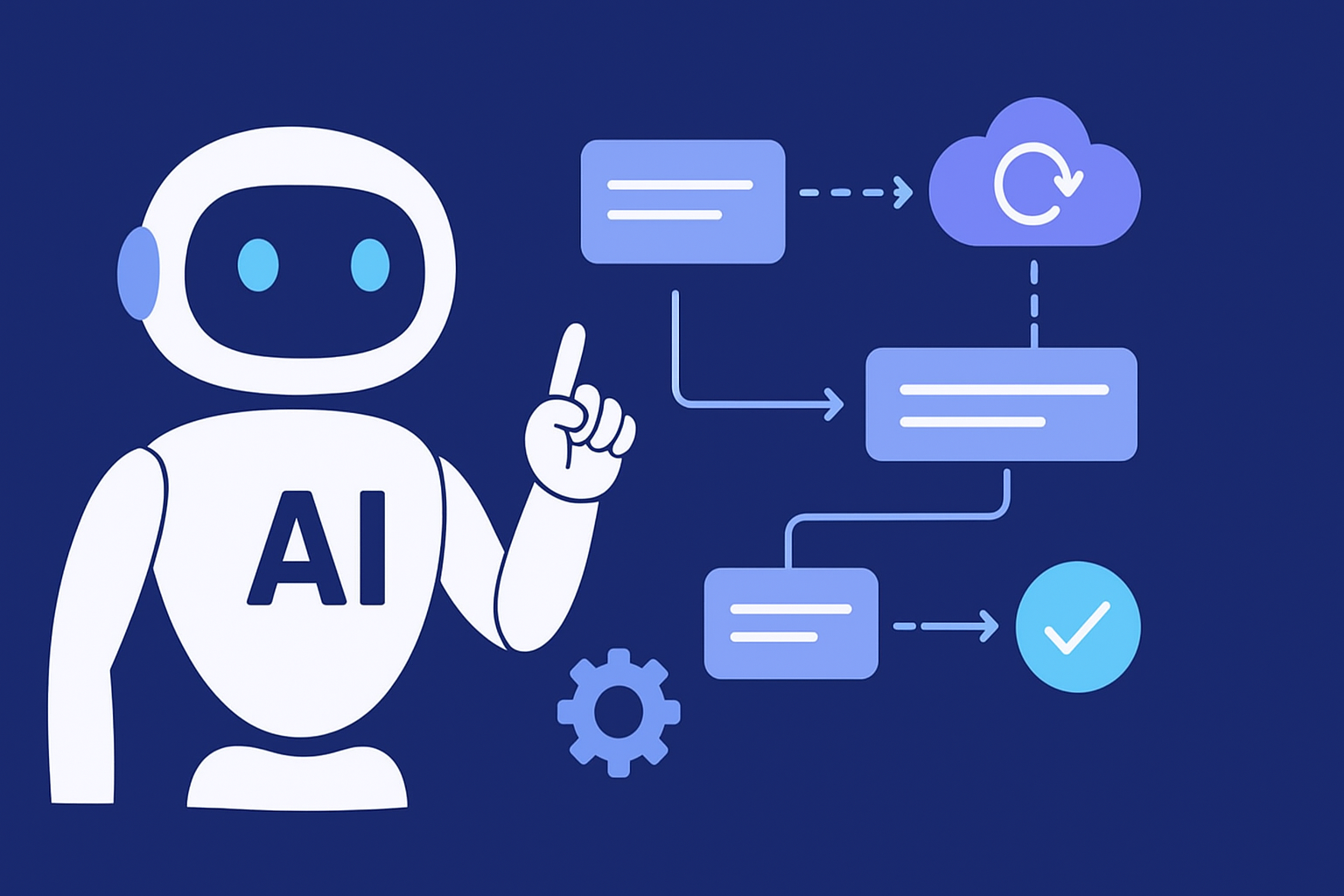

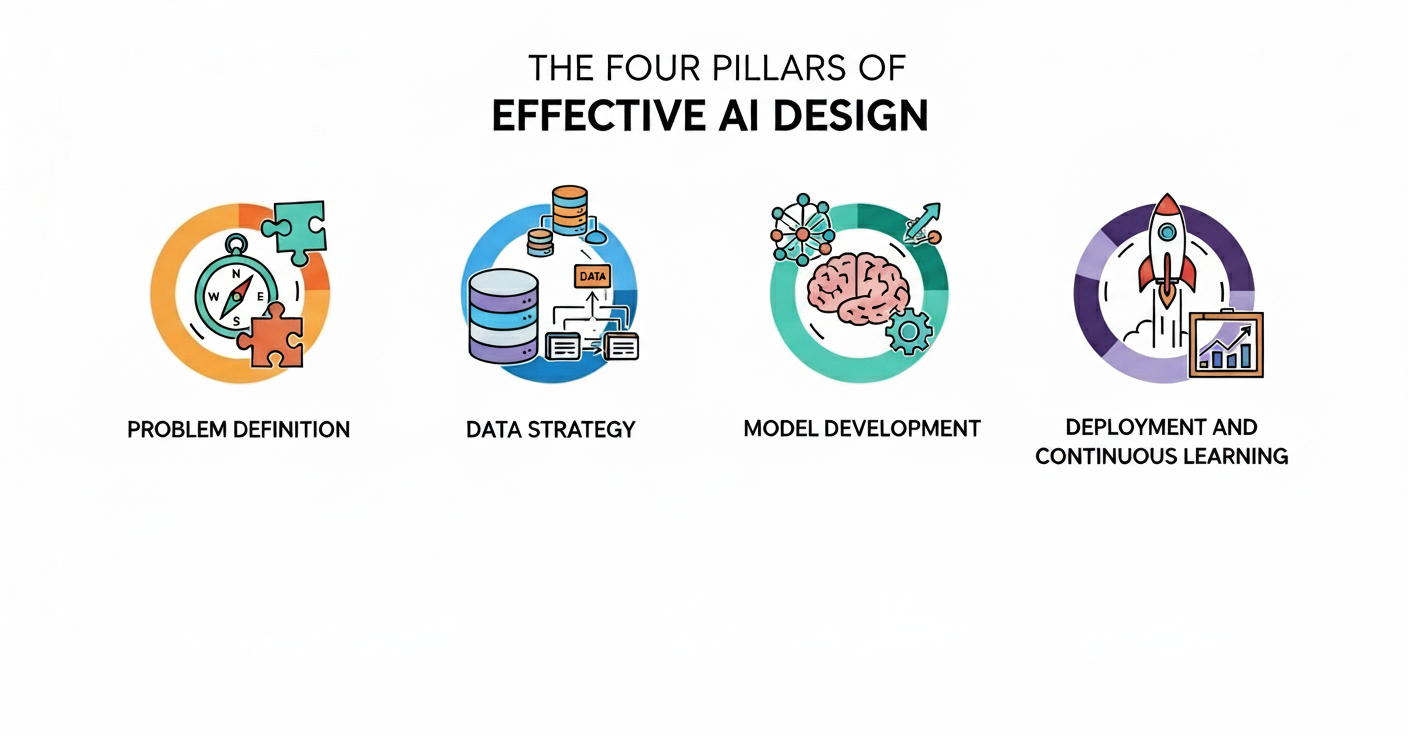
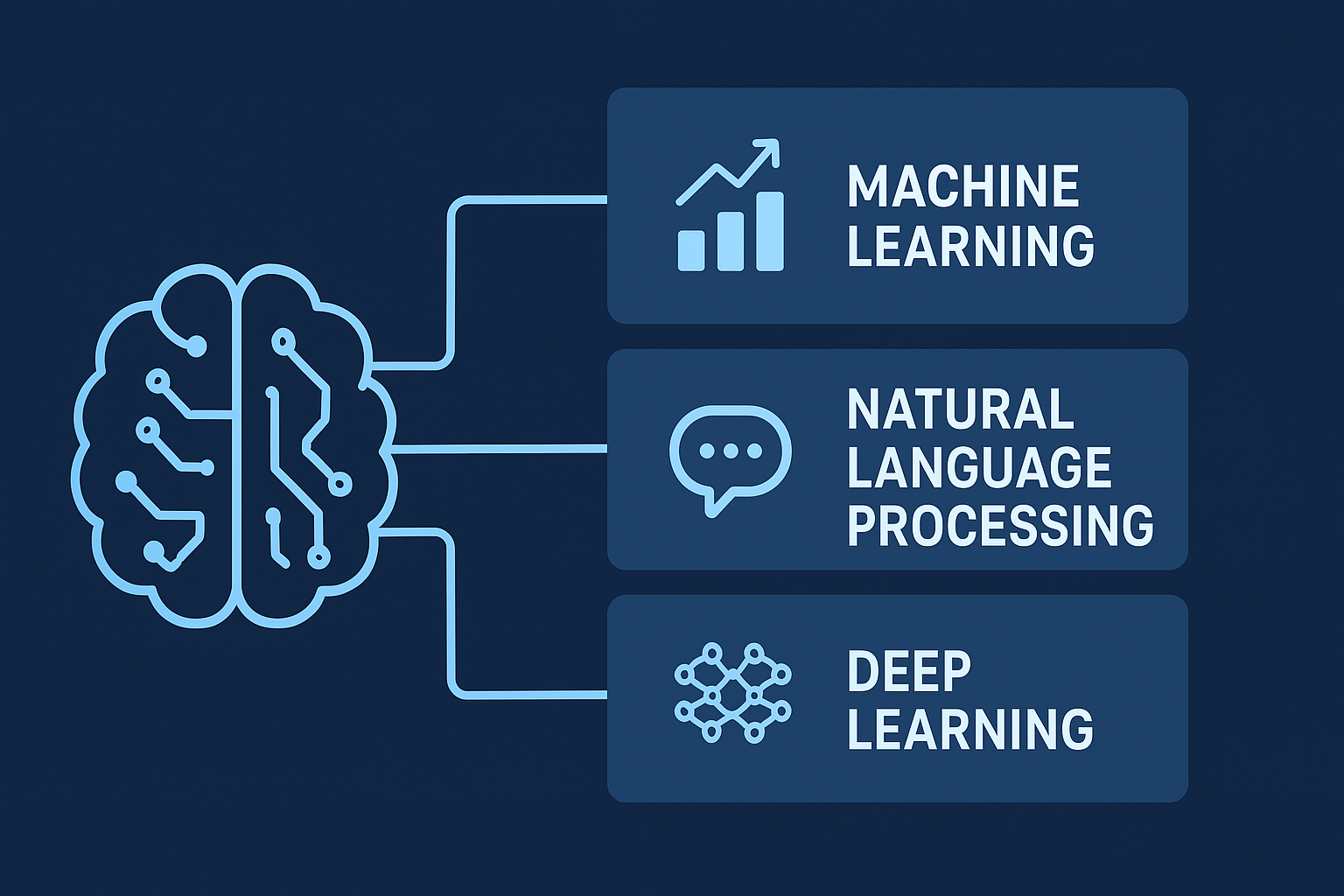
.png)
